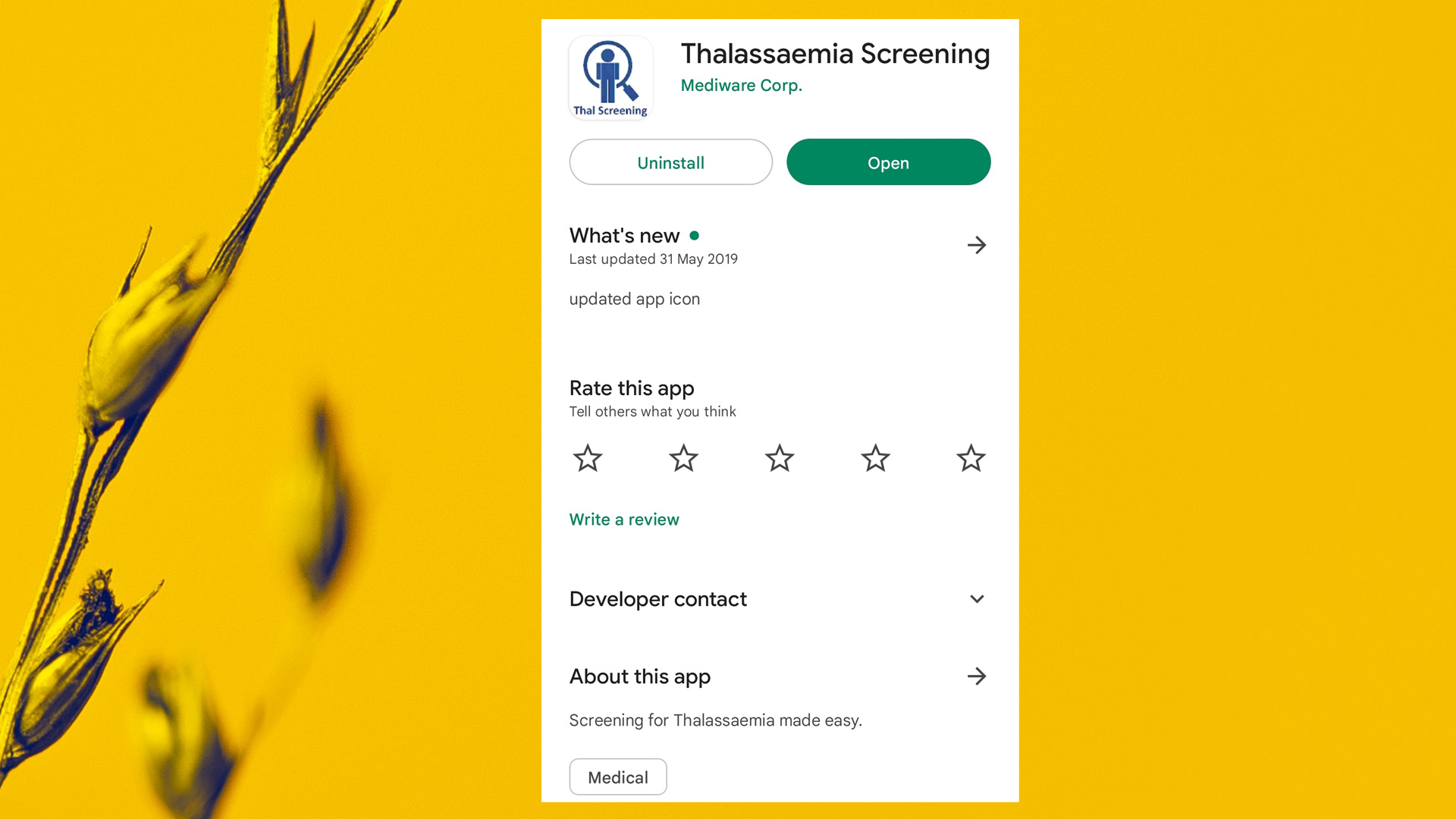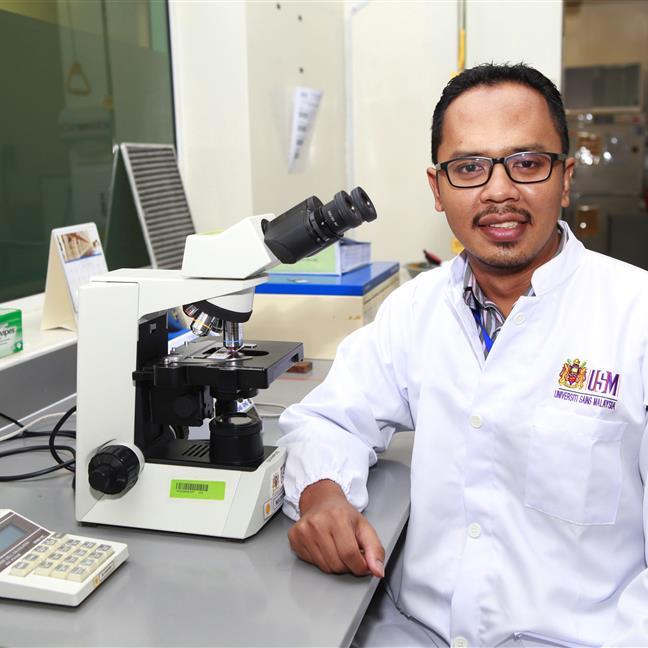
Thalassaemia Screening Application



 or the
or the  subunit chains in the adult hemoglobin (Hb) molecule, leading to production of fragile erythrocytes, and thus chronic hemolytic anemia. Generally, the two main categories of thalassemia are
subunit chains in the adult hemoglobin (Hb) molecule, leading to production of fragile erythrocytes, and thus chronic hemolytic anemia. Generally, the two main categories of thalassemia are  -thalassaemia and
-thalassaemia and  thalassaemia, with the severity of disease depending on the mutations involved.
thalassaemia, with the severity of disease depending on the mutations involved.In Malaysia, a study by Ibrahim HM et. al (2020) estimated
that 6.8% of Malaysians are thalassaemia carriers with varying degrees of
anemia, however are mostly asymptomatic. A couple with both individuals being a
thalassaemia carrier have a 25% chance of having an offspring with thalassaemia
major. This subgroup of thalassaemia would most likely be transfusion
dependent, and would require life-long blood transfusion to meet their
physiological needs. This can be a major burden to the family as well as the
healthcare system.
Despite the disease prevalence, there is still lack in
public awareness regarding thalassaemia and the importance of screening for
carrier status (Mat MA et. al, 2020). Malaysia has started a national level
screening program since 2016 for Form Four students, however refusal for
screening is still present in our society. Therefore, it is very important for
health personnel especially medical officers to have a high degree of suspicion
in cases of anemia, to be able to exclude the possibility of thalassaemia
carrier.
This “Thalassaemia Screening” application would be a useful tool especially for primary health care providers who are not well versed in screening thalassemia using full blood count. This apps help them with the identification of anemic patients who are at risk of being a thalassaemia carrier using only few details including family history, red blood cell parameters in the full blood count and iron studies result. The users just need to answer questions by clicking the specific buttons provided, and the apps will guide or advise the clinician regarding the management including suggestion on further test that need to be done. It is hoped that this apps would help the clinicians in detecting thalassemia carriers, in the effort to reduce the disease burden in Malaysia.
REFERENCES